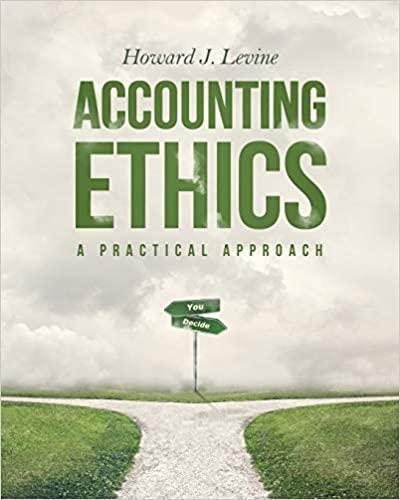

a 2. (30 points) Consider a certain species that lives for at most 3 years. We group the female population into three age classes: the first age class (01 year), the second class (12 years), and the third class (23 years). Assume that the species has the following characteristics: i). The survival rate of the species in the first class is 60% (i.e., the probability of an individual in the first class to become a member of the second class is 0.6). The survival rate of the second class is 40%. Because the maximum life span is 3 years, the survival rate of the third class is 0. ii) The species in the first class do not produce offspring. Each member of the second class produces an average of 6 females. The average number of offspring produced by a member of the third class is 10/3 (this means that every 3 females produce 10 female offspring). Let a n, bn, cn be the population of the female species in the first, second, and third age classes after n years. This situation can be modeled by the following linear system of difference equations: On+1 = 02, +6b, + 10 C. = 3 bm-t = 0.6a = CR-1 = 0.464 = (a) (5 points) Write the model into matrix/vector form Xn+1 = L Xn, where L is known as Leslie matrix, X n = [ a n;bn; Cn]. = (b) (10 points) Find the solution from initial Xo = [ 20; 10; 2 ] in terms of eigenvalues and the corresponding eigenvectors of L, with help of MATLAB functions eig() and inv(). = (c) (10 points) Suppose there is external input of population f= [ 10; 10; 0], the model is modified to: Xn+1 = L Xn +f. Find solution from initial X, = [ 20; 10; 2]. (d) (5 points) Plot the fractions of the three components in the total population: a n/a n + bn+cn), b n/(an +bn+cn), cn/(an + bn+cn) from solutions of (b) and (c) up to 50 years (n=0:50), then comment on the effects of f (plot each component with and without f in a subplot). a 2. (30 points) Consider a certain species that lives for at most 3 years. We group the female population into three age classes: the first age class (01 year), the second class (12 years), and the third class (23 years). Assume that the species has the following characteristics: i). The survival rate of the species in the first class is 60% (i.e., the probability of an individual in the first class to become a member of the second class is 0.6). The survival rate of the second class is 40%. Because the maximum life span is 3 years, the survival rate of the third class is 0. ii) The species in the first class do not produce offspring. Each member of the second class produces an average of 6 females. The average number of offspring produced by a member of the third class is 10/3 (this means that every 3 females produce 10 female offspring). Let a n, bn, cn be the population of the female species in the first, second, and third age classes after n years. This situation can be modeled by the following linear system of difference equations: On+1 = 02, +6b, + 10 C. = 3 bm-t = 0.6a = CR-1 = 0.464 = (a) (5 points) Write the model into matrix/vector form Xn+1 = L Xn, where L is known as Leslie matrix, X n = [ a n;bn; Cn]. = (b) (10 points) Find the solution from initial Xo = [ 20; 10; 2 ] in terms of eigenvalues and the corresponding eigenvectors of L, with help of MATLAB functions eig() and inv(). = (c) (10 points) Suppose there is external input of population f= [ 10; 10; 0], the model is modified to: Xn+1 = L Xn +f. Find solution from initial X, = [ 20; 10; 2]. (d) (5 points) Plot the fractions of the three components in the total population: a n/a n + bn+cn), b n/(an +bn+cn), cn/(an + bn+cn) from solutions of (b) and (c) up to 50 years (n=0:50), then comment on the effects of f (plot each component with and without f in a subplot)








